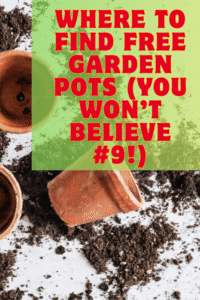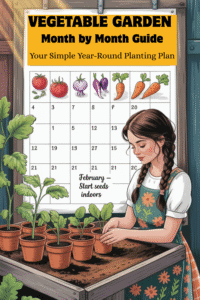Discover the best mulching tips for autumn garden care. Learn how mulching keeps soil warm, saves water, and nourishes your plants while preparing your garden for winter.
When autumn arrives, your lawn starts whispering signs of exchange. You may additionally even ask yourself, what are your flowers’ leaves trying to tell you during this transition? Often, they hint at stress from cooler nights, shifting daytime, and soil dropping warmth. One of the most innovative approaches to assist them in altering is mulching.
Mulching in the fall not only protects roots from frost but also enriches the soil for spring. It maintains moisture locked in, prevents weeds from sprouting, and creates a healthier garden environment. Below are 12 easy Mulching Tips for Autumn Garden care, written in a scannable list style so that you can pin and store for later.
1. Start Mulching Before the First Frost
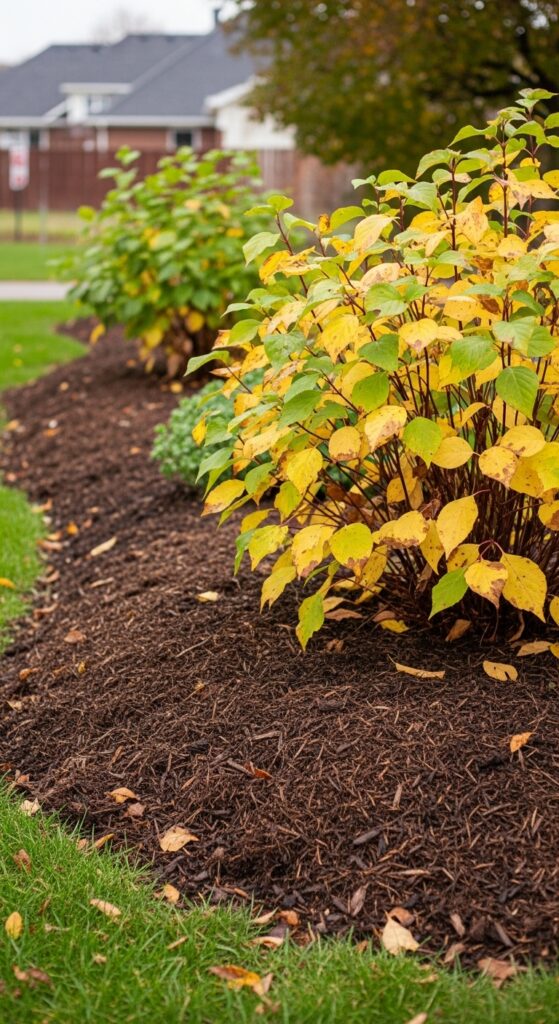
The proper timing is everything. Begin mulching as soon as nights get cold, but earlier than the ground freezes. This way, mulch traps the soil’s residual warmth.
If you postpone, your plants may already be burdened, and if you begin too early, mulch can trap pests. Observe cautiously: what are your plant life’s leaves attempting to inform you about seasonal pressure? Yellowing, early leaf drop, or slowed growth all signal it’s time to spread mulch.
2. Use Organic Mulching for Nutrient Boost
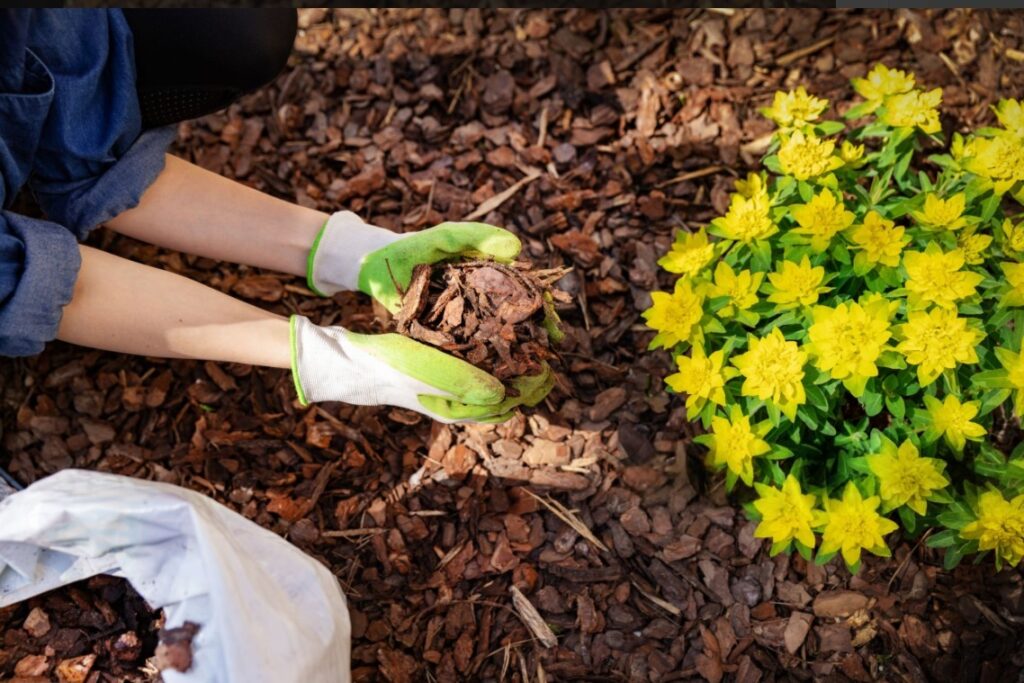
Autumn is the ideal season to apply natural mulches, such as shredded leaves, bark, wood chips, or compost. As those break down, they certainly feed your soil.
Think of mulch as a gradual-release fertilizer—saving you from shopping for high-priced garden amendments. If leaves look pale or stunted, what your plant life leaves are attempting to tell you would possibly clearly be: “We want extra nutrients.” Mulch gives them that support.
3. Keep Mulch 2–3 Inches Thick
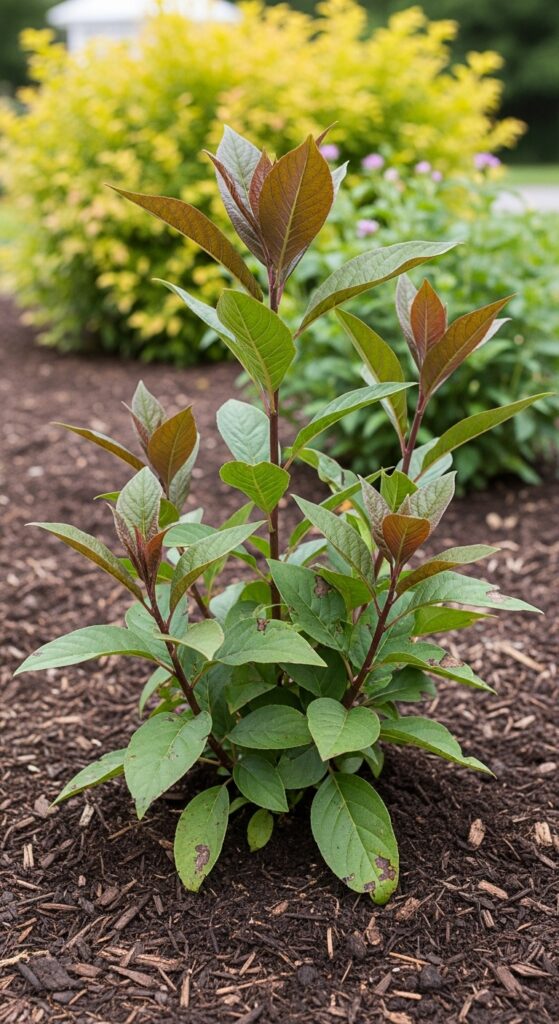
Too much mulch suffocates roots; too little fails to insulate. Aim for 2 to 3 inches as the candy spot. Spread the mulch flippantly, but keep a small gap around stems and trunks to prevent rot.
If your flora show darkish spots or moldy stems, what your flora’s leaves are attempting to inform you is: “Ease up at the mulch pile-up!” Balance matters right here.
4. Shred Autumn Leaves Before Spreading
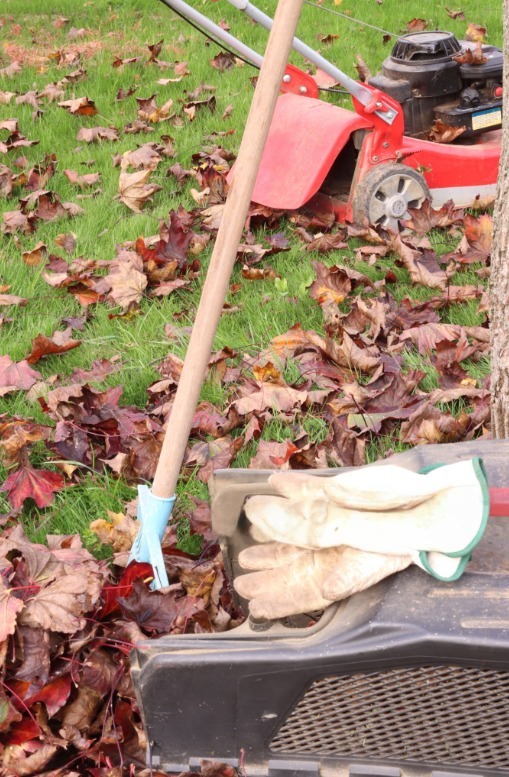
Instead of tossing fallen leaves, shred them with a mower. Whole leaves can shape a mat, blocking water and air from the soil. Shredded leaves, however, decompose quickly and create a mild, fluffy mulch.
If leaves pile up in soggy, compact layers, your flowers can also struggle. Again, what your plants’ leaves are attempting to inform you is a reminder to shred and spread wisely.
5. Mulch Around Trees and Shrubs Generously
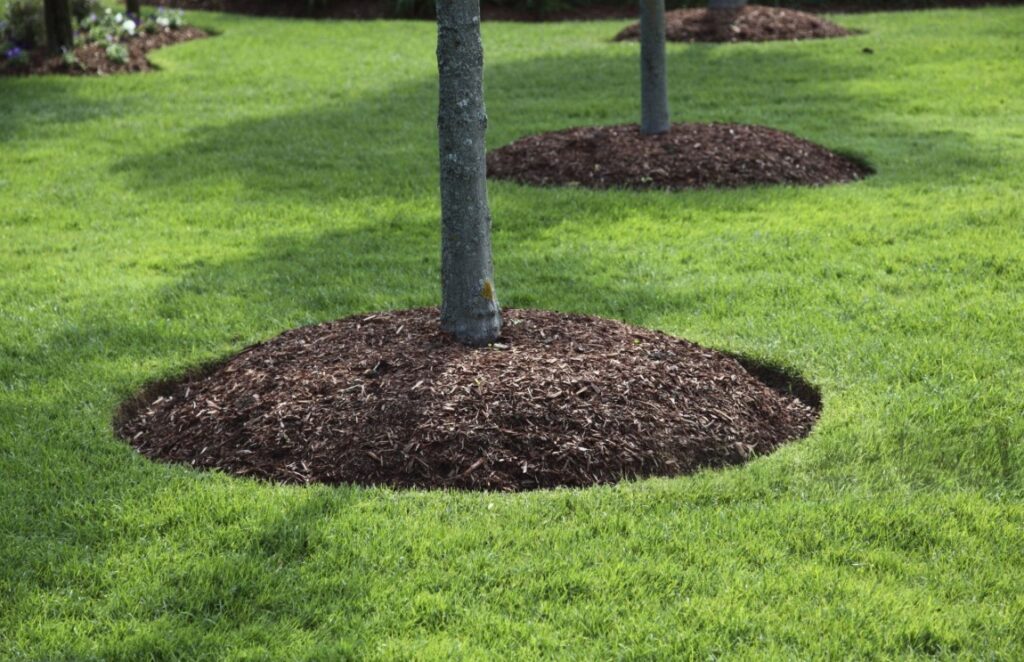
Trees and shrubs gain substantially from mulch in autumn. Spread mulch in a wide circle, not just at the bottom. This allows younger roots to stay insulated from frost and conserves soil moisture.
When tree leaves dry and curl early, what your flora’s leaves are trying to tell you is that they’re thirsty or cold. Mulch is their defensive blanket.
6. Protect Perennials with a Mulch Blanket
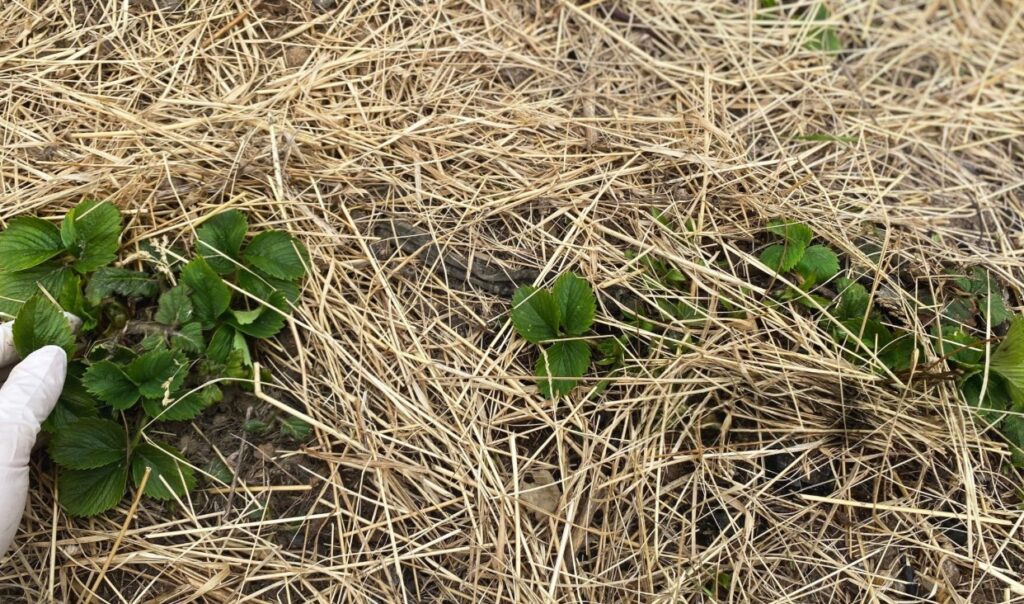
Perennials love a relaxed cowl in autumn. Apply a layer of straw, pine needles, or shredded bark after the primary frost but before severe cold sets in. This prevents freeze-thaw cycles from pushing roots upward.
When leaves wilt and disintegrate, what your plant leaves are attempting to inform you is: “We want insulation!” Mulching offers them that shield.
See this : what your plants leaves are trying to tell you
7. Don’t Forget the Vegetable Garden
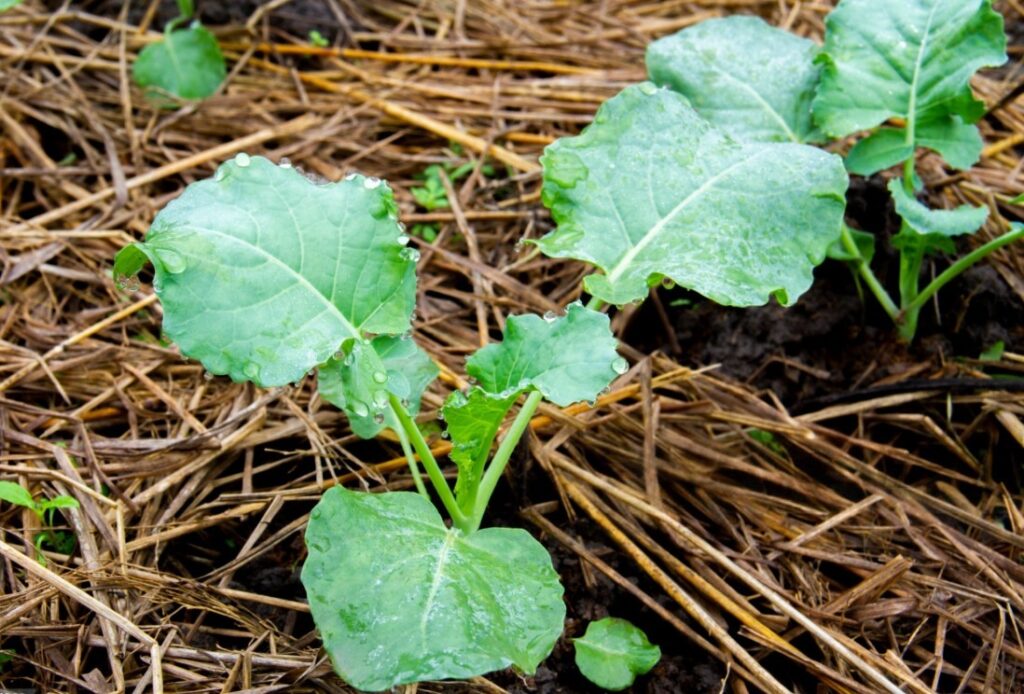
Yes, even your veggie beds need mulch in autumn! Carrots, garlic, and kale thrive better under straw or compost mulch. It keeps soil workable longer and prevents erosion.
If vegetable leaves turn floppy or brittle, what are your plants leaves trying to tell you is that they’re drying out. Mulching holds the much-needed moisture in.
8. Combine Mulching with Composting
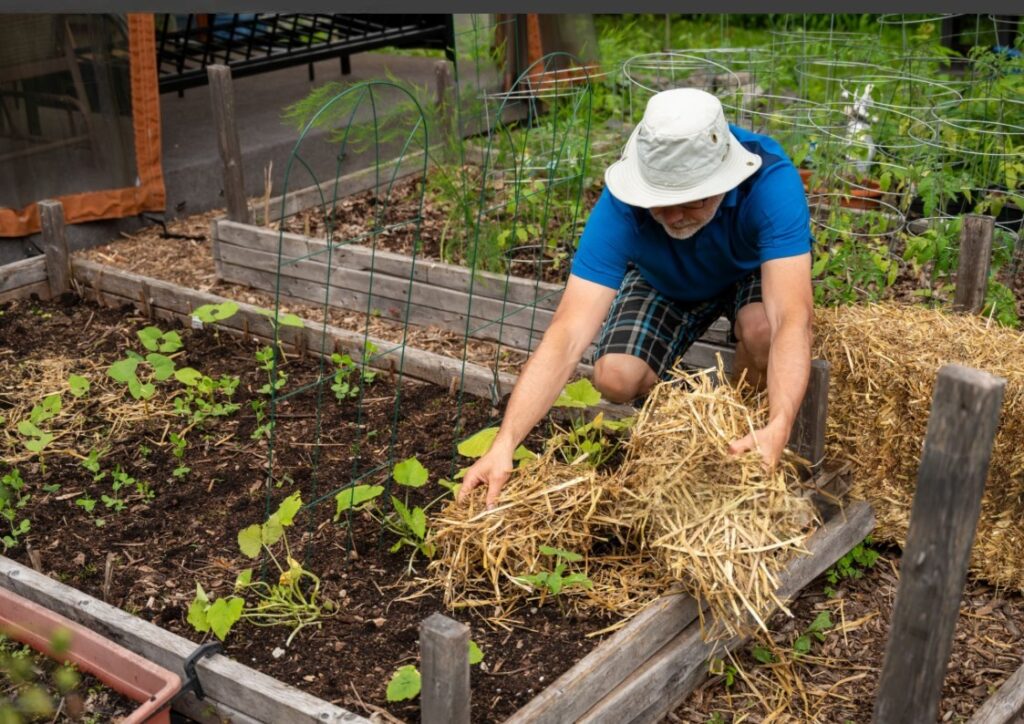
Autumn is an ideal time to incorporate compost into your mulch. Compost enriches the soil, while mulch keeps it protected. Together, they supercharge garden health for the next season.
If plants look pale or produce weak stems, what are your plants leaves trying to tell you is: “Feed me.” Compost-enhanced mulch answers that call.
9. Use Mulch to Prevent Winter Weeds
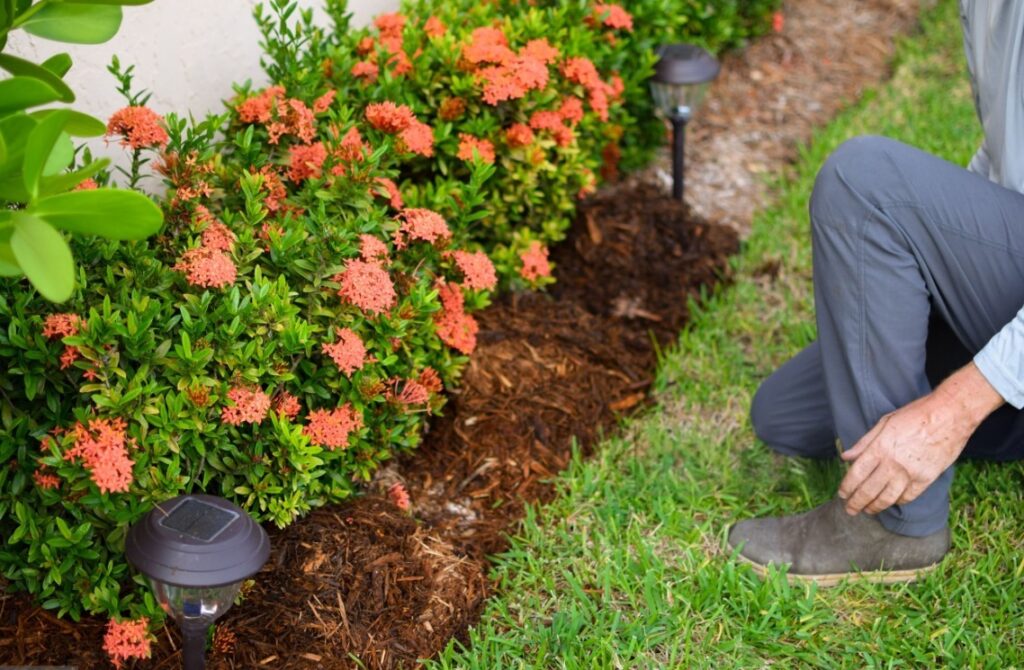
Weeds may additionally appear innocent in the fall, but they’re quietly making ready to sprout in spring. A thick mulch layer blocks their daylight and smothers them before they can maintain.
If you notice tiny weed leaves sneaking in, what your vegetation’s leaves are attempting to inform you is: “Don’t let invaders take over.” Mulch keeps the mattress easy.
10. Refresh Mulch on Pathways and Beds
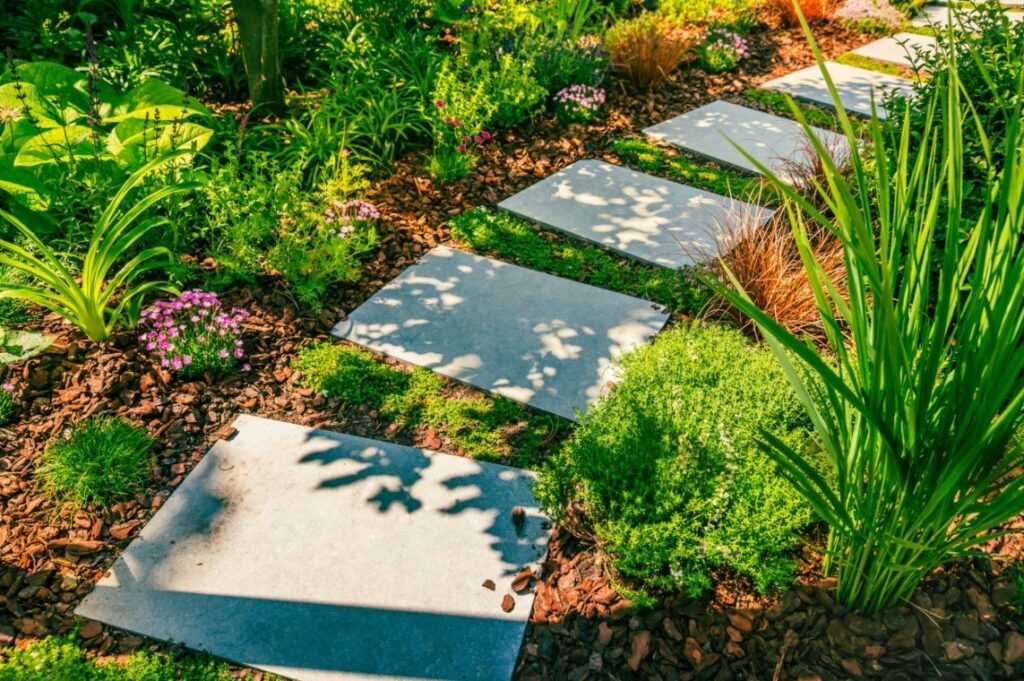
If your summer season mulch seems worn, top it up. Autumn refreshes the splendor and protection before iciness. Choose ornamental bark or gravel for pathways and herbal straw or leaves for beds.
When leaves of your lawn borders look confused or muddy, what your plant life’s leaves are trying to inform you is that the mulch needs to be cleaned.
11. Mulch Bulb Beds After Planting
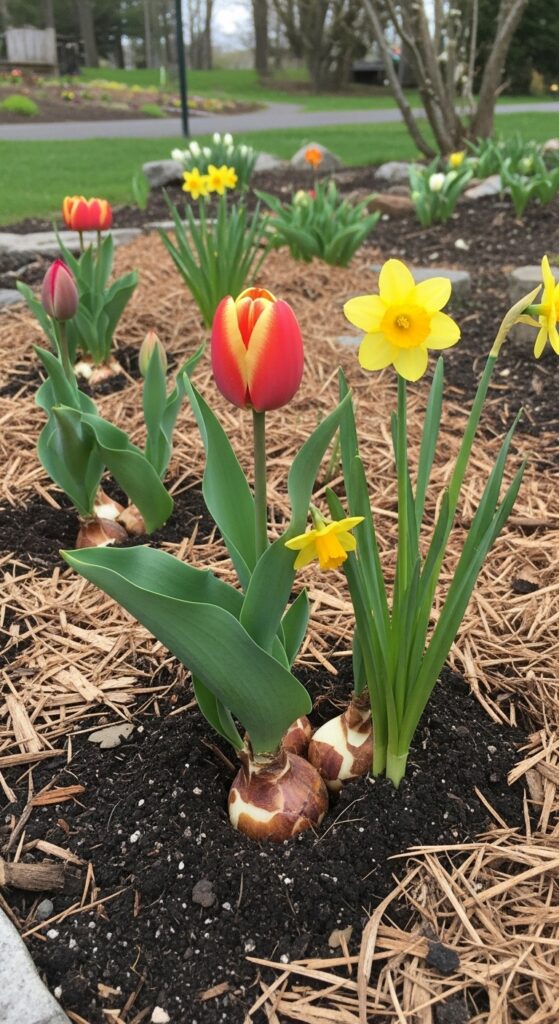
After you plant tulips, daffodils, or garlic, cover the soil with mulch. It insulates bulbs, prevents heaving, and retains the soil’s structure.
If bulb foliage indicates a slow increase in spring, it’s a signal from earlier months. What are your plant life’s leaves trying to tell you is: “We needed extra autumn care.” Mulching now prevents that setback.
12. Watch Out for Mulch Pests
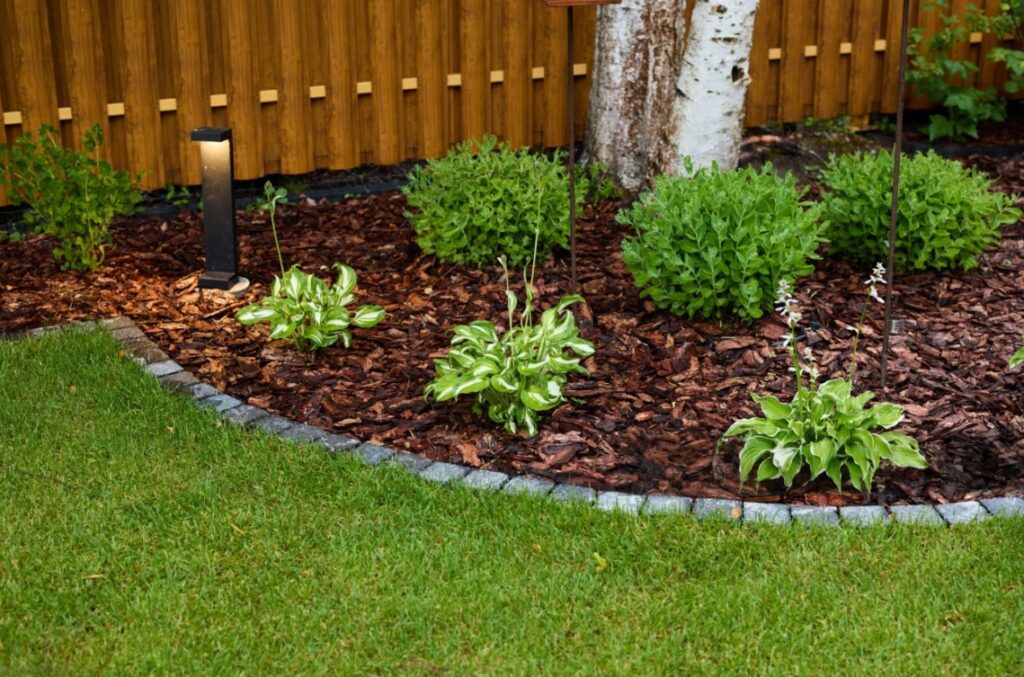
Mulch is comfortable; however, it can be too relaxed for pests like slugs or rodents. Keep mulch 2–3 inches away from stems and test often for critter interest.
If leaves show chewed edges or holes, what your plant life’s leaves are attempting to inform you is: “Something’s snacking on us!” A slight distance between the mulch and plant stems helps keep pests away.
FAQs About Mulching in Autumn
Q1: Can I use fresh grass clippings as mulch in autumn?
Yes, however, simplest in thin layers. Fresh grass is rich in nitrogen and may rot if piled too thick. Mix it with shredded leaves for a balanced flavor.
Q2: Should I cast off vintage mulch before adding new in the fall?
Not constantly. If the antique mulch hasn’t compacted or molded, replenish it. If it appears soggy, replace it with clean material.
Q3: How long does autumn mulch last?
Organic mulch typically lasts through the winter into spring. By late spring, you’ll want to refill or refresh it.
Q4: Is mulching truly vital in autumn?
Absolutely! Mulching continues to feed the roots, nourish the soil, prevent weeds, and prepare your garden for spring. It’s one of the most worthwhile fall chores.
By paying attention to what your flowers’ leaves are attempting to tell you, you’ll recognize when and how to mulch effectively. Autumn mulching is more than lawn prep—it’s an investment in a lush, thriving spring.
If it becomes helpful, save it!



